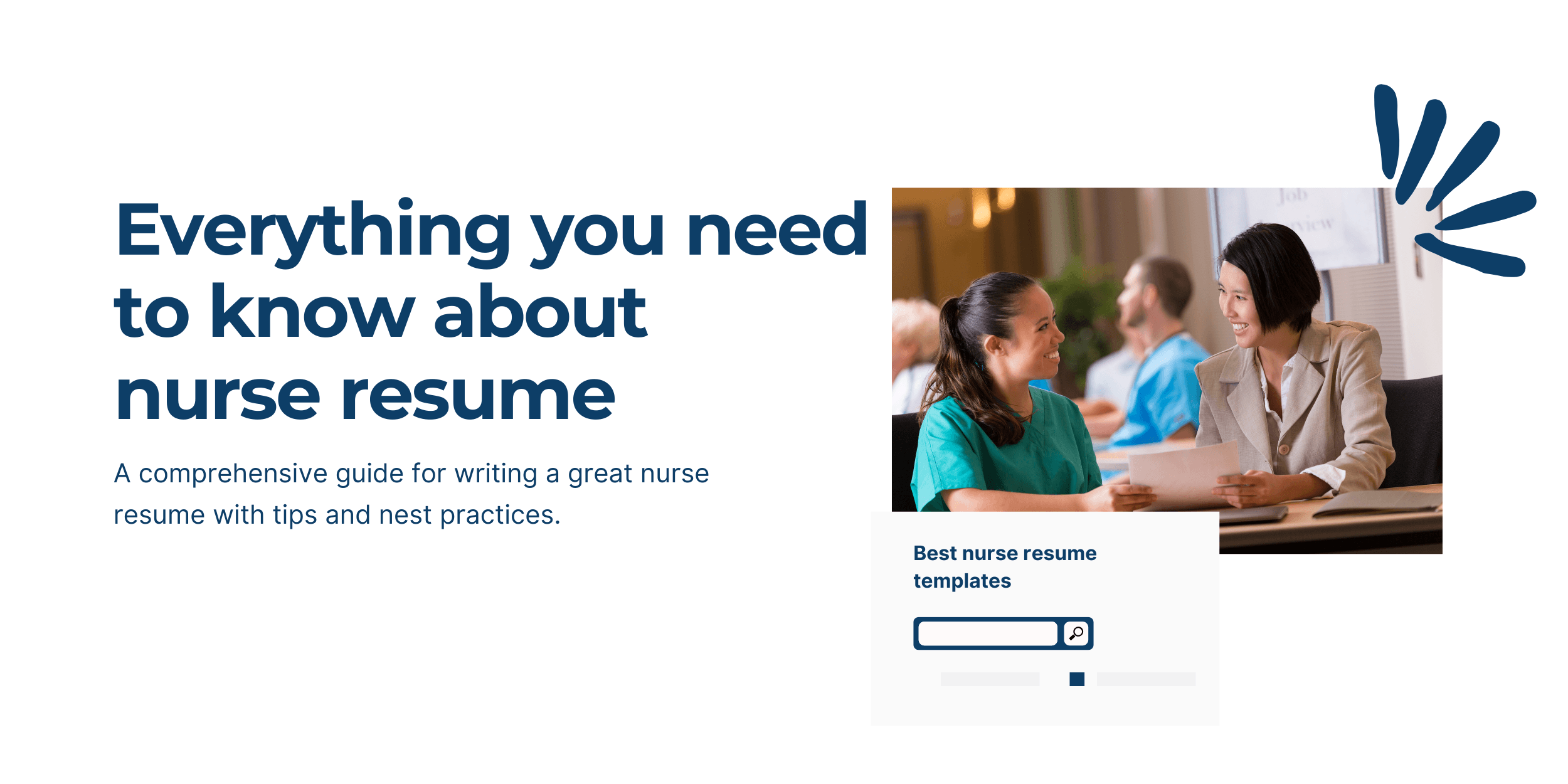
Top Nurse Resume Templates & Examples in 2025

Richard Shelton
Resume writing expert.
Before reading further about how to make a stunning nurse resume, first thing you should do is give yourself pat in the back, for being in the nursing profession or starting your career as a nurse. Not every hero wears a cape, some wear shrubs.
Being nurse is a thankless job with long hours and hard to manage shifts. What takes even more efforts, putting all your achievements in a paper to justify you qualify for the next job you are eyeing on. In today’s competitive healthcare job market, your nurse resume is more than a document — it's your first clinical impression, your first introduction to your new manager.
Expert's choice:
Get your nurse resume crafted in minutes.
Get AI-crafted summary and bullet points with professional resume templates.
Nursing profession takes lot of efforts and hard work. What takes even more efforts, putting all your achievements in a paper to justify you qualify for the next job you are eyeing on. In today's competitive healthcare job market, your nurse resume is more than a document — it's your first clinical impression, your first introduction to your new manager. Whether you're applying to a top-tier hospital, a fast-paced emergency room, or a long-term care facility, your resume needs to clearly and quickly show that you're the right nurse for the role.
The new rules of job search:
There is a new guardian of the resume in the hiring process — The ATS (Applicant Tracking System) which scans thousands of resume and only filter those who fits the best for the desired job description. So a hiring manager only sees filtered 4-6 resume out of 100s who applied. So first we have to win the ATS and then impress hiring manager.
You would be surprised but here's the reality:
📉 Hiring managers spend an average of just 6–7 seconds scanning each resume before deciding whether to keep reading or toss it.
That means every bullet point, section header, and formatting choice counts.
But crafting a winning registered nurse resume or an ATS-friendly RN resume isn't always easy — especially if you're applying online, competing with hundreds of other qualified nurses, or entering the workforce as a New Grad Nurse.
What This Guide For Nurse Resume Covers
- How is nurse resume different from other corporate resumes?
- What should a nurse resume look like? (Structured Outline)
- How to Write Nurse Resume?
- How to Write Registered Nurse Resume?
- How to Make a Great Nurse Resume?
- What is ATS and how to make ATS friendly nurse resume?
- Tailored approach for every domain specific nurse resume?
- How to Write a Professional Summary for Your Nurse Resume?
- How to Write Bullet Points for Your Nurse Resume?
- What to put on a resume as a nurse? List of Top Skills to Include.
- How to Write a Nurse Resume With No Experience (New Grads Nurse Resume)
- Specialty Resume Tips.
- Common Nurse Resume Mistakes to Avoid.
- Downloadable Nurse Resume Templates.

How is nurse resume different from other corporate resumes? 🩺 vs 💼
While both resumes aim to showcase qualifications and land interviews, the expectations, content style, and metrics used in nurse resumes differ significantly from those used in corporate resumes. Corporate gives you chance to boast and add skills which you might learn on the job but that's not the same case in nursing job. Stakes are high and situation in critical. Let's look at the difference between two:
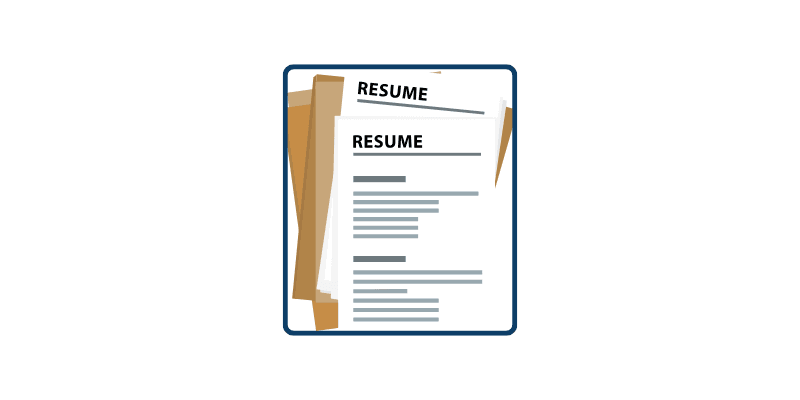
What should a nurse resume look like? (Structured Outline)
A well-structured nurse resume should follow a clear and logical flow, making it easy for hiring managers to scan and understand your qualifications. Here's a basic outline:
- Header: Name, Contact Information, LinkedIn Profile
- Objective/Summary: Briefly state your career objective and highlight your key skills and experience.
- Education: List your highest degree, nursing program, and relevant certifications.
- Experience: Detail your work experience, including positions, hospitals, and dates.
- Skills: List your nursing skills, computer skills, and any other relevant skills.
- Certifications: Include any relevant nursing certifications and licenses.
- References: Provide contact information for references.
Remember, the ATS scans for keywords, so make sure your resume is ATS-friendly. Use action verbs, quantify your achievements, and tailor your resume to the specific job you are applying for.
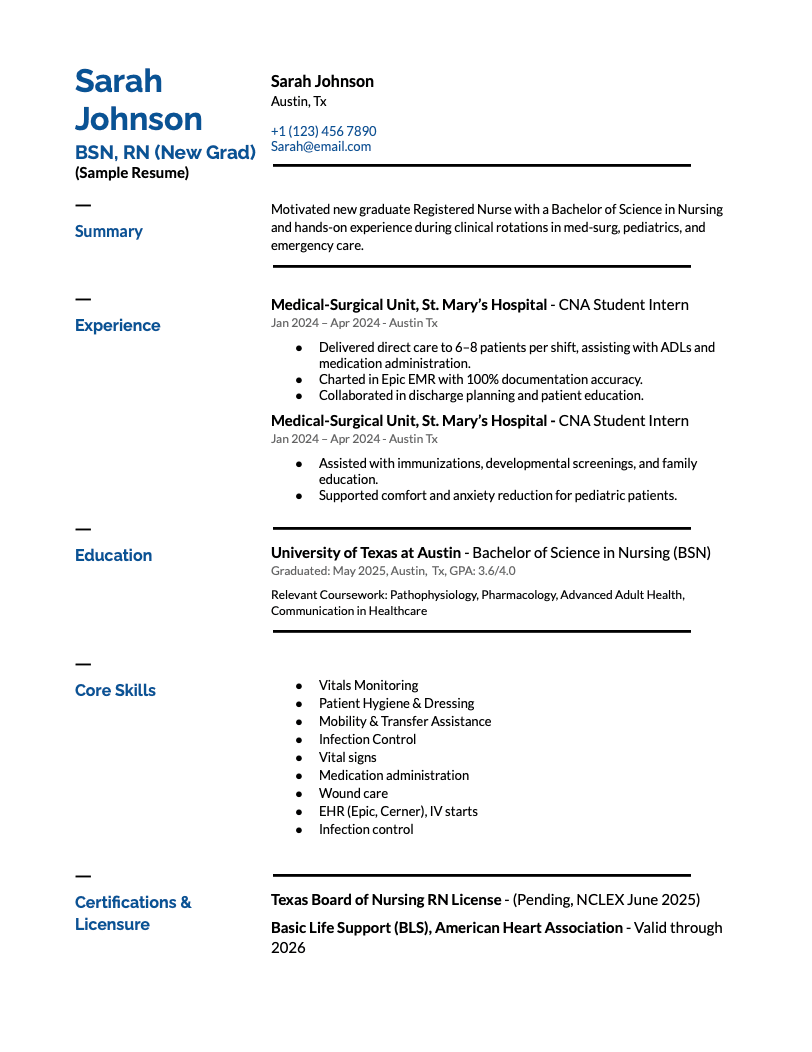
Expert's choice:
Get well structured nurse resume with professional templates crafted in minutes.
Get AI-crafted summary and bullet points with professional resume templates.
How to Write Nurse Resume?
- Follow the above outline and start with a professional summary that reflects your clinical expertise and patient care philosophy.
- Use action verbs and measurable results in bullet points (e.g., “Reduced patient falls by 15%”).
- Highlight nursing skills such as IV insertion, EHR charting, and medication administration.
- Include certifications like BLS, ACLS, or PALS prominently.
- Format your resume with ATS-friendly structure using standard headings and no graphics.
- Use keywords like “nurse resume,” “nursing skills resume,” and “ATS resume for nurses”.
- Tailor the resume to each job description to boost your chances of landing interviews.
How to Write Registered Nurse Resume?
A Registered Nurse (RN) resume should reflect advanced clinical expertise, leadership, and licensure. Since RNs have broader responsibilities than LPNs or CNAs, your resume must highlight direct patient care, medication administration, and care plan development. Start with a strong summary, include your RN license, certifications like ACLS or BLS, and use measurable results in bullet points. Keep the format ATS-friendly and tailored to each job to stand out from other nursing applicants.
- Follow the above outline.
- Lead with your RN license status, state, and years of experience in the summary section.
- List clinical experience in reverse chronological order — include patient ratios, units (ICU, ER), and results.
- Add a dedicated skills section with hard and soft skills relevant to registered nursing.
- Mention key certifications like RN, BLS, ACLS, and specialty-specific credentials (e.g., CCRN).
- Keep formatting simple for ATS compatibility — no tables, text boxes, or columns.
- Use job-specific keywords such as “registered nurse resume,” “rn resume sample,” and “icu rn resume.”
- Include quantifiable achievements that show your impact in patient care or clinical outcomes.
How to Make a Great Nurse Resume? 📝
Now if we have a nurse resume’s 1st draft ready, it's time to add small details to turn a nurse resume into a great nurse resume. A nurse resume isn’t just another professional document — it’s a reflection of your ability to provide care, work under pressure, and navigate high-stakes clinical environments.
Here’s what sets a nurse resume apart:
- Licensure & Certifications Take Priority
You don’t just list your degree — you must include:- RN license & state of registration
- Certifications (e.g., BLS, ACLS, PALS, NIHSS)
- Specialty credentials (e.g., CCRN, CNOR, etc.)
- Patient-Centered Language
Strong nurse resumes use phrasing that reflects teamwork, empathy, and bedside excellence:- “Collaborated with multidisciplinary teams to improve patient outcomes.”
- “Educated patients and families on post-discharge care plans.”
- ATS-Friendly Formatting for Healthcare
Many hospitals use applicant tracking systems (ATS) specifically trained for clinical roles. Nurse resumes must:- Use standard section headings: “Summary”, “Licensure”, “Clinical Experience”
- Avoid text boxes or multi-column designs
- Be submitted in formats that preserve scannability (like PDF or clean .doc)
- Built Around Roles — Not Just Titles
A staff nurse in the ICU has a very different profile than a home health nurse, even if both are RNs. A strong registered nurse resume needs to tailor achievements to the unit, patient acuity, and clinical tools used.
The bullet points and summary should be different and tailored with keywords (remember, we need to win the ATS software so our resume can land on human eyes) for following nurses compared to rn nurse:- ICU Nurses
- Emergency Room (ER) Nurses
- New Grad RNs
- CNA Roles
- Pediatric & Geriatric Specialties
Expert's choice:
Your great nurse resume awaits you. Get it crafted in minutes.
Get AI-crafted summary and bullet points with professional resume templates.
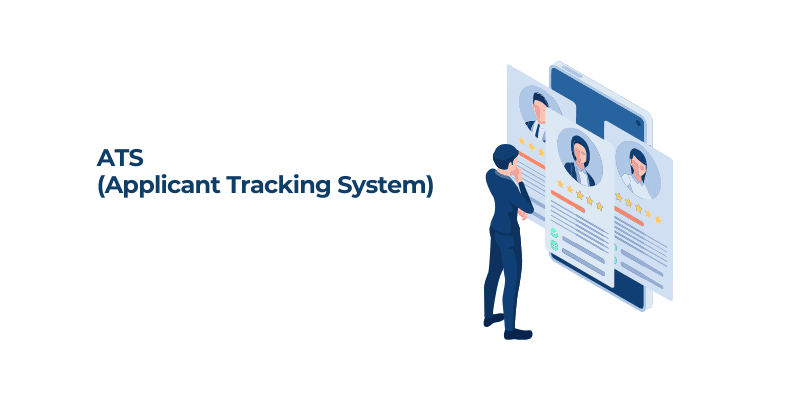
What Is ATS and How to Make an ATS-Friendly Nurse Resume? 🤖
ATS stands for Applicant Tracking System — software hospitals and clinics use to scan, filter, and rank resumes before a human even reads them. If your nursing resume format isn’t optimized for ATS, it may never make it past the system.
How to Make an ATS-Friendly Resume for Nurses
- Use Simple, Clean Formatting
Avoid tables, columns, icons, or graphics. Stick to standard section headings like “Experience,” “Skills,” “Certifications,” and “Education.” - Include Role-Specific Keywords
ATS software looks for keywords from the job post. Include terms like:“RN license,” “IV therapy,” “patient education,” “medication administration,” etc. Use them naturally across your resume. - Choose the Right File Format
✅ PDF: Best for preserving layout — ideal for human readability and many ATS systems
✅ .doc/.docx: Better for older ATS software but riskier for design inconsistencies
❌ Avoid formats like .png, .jpg, or heavily designed templates - Tailor Each Resume
Match your resume to the exact job description. Even a strong nurse resume can be skipped if it doesn’t reflect the right skills.
Want a done-for-you ATS-friendly resume for nurses? Use NurseResumeBuilder.app — built specifically for nurse practitioners with ATS optimized templates and AI assisted summary and bullet points.
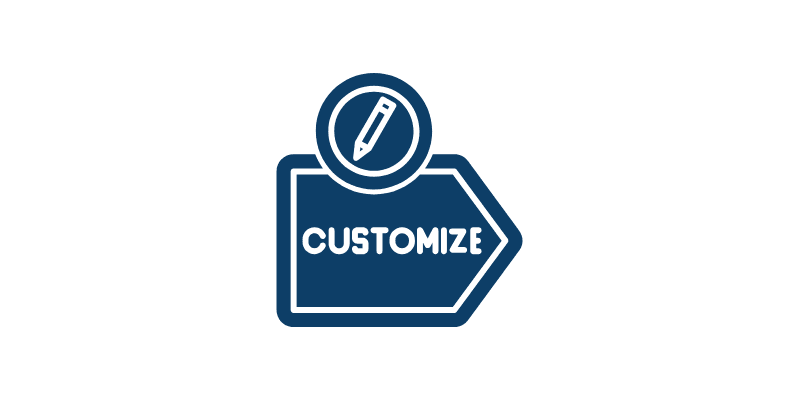
Tailored Approach for Every Type of Nurse Resume? 📂
Each nursing role requires a tailored resume that highlights the most relevant clinical skills and experience. Here are the most common nurse resume types:
- New Grad RN Resume – Focus on clinical rotations, education, and certifications. Read more about New Grad RN Resume here.
- CNA Resume – Emphasize hands-on patient care and daily assistance skills. Read more about CNA Resume here.
- ICU Nurse Resume – Showcase critical care skills, ventilator support, and rapid decision-making. Here is more detailed guide for ICU Nurse Resume.
- ER Nurse Resume – Highlight triage, trauma response, and emergency protocols.
- ICU RN Resume – Tailored for licensed RNs in intensive care units. Critical care skills with RN certifications and speciality support techniques helps a lot. Great communication and soft skills are important too. Read more here for ICU RN Resume.
- LPN Resume – Emphasize routine care, medication administration, and long-term care experience.
- Nursing Student Resume – Focus on coursework, volunteer work, and certifications.
- Registered Nurse Resume – Comprehensive format for experienced RNs across specialties.
- RN Resume – Streamlined version optimized for ATS and online applications.
How to Write a Professional Summary for Your Nurse Resume? 🖋
Your professional summary is the first thing recruiters see — make it count. In 2–3 sentences, highlight your nursing title, years of experience, clinical strengths, and specialties with your personal touch.
Example: “Compassionate ICU RN with 5+ years of experience in critical care. Skilled in ventilator support, post-op recovery, and emergency response. Committed to delivering safe, patient-centered care.”
- ✔ Tailor it to each job
- ✔ Use action-driven language
- ✔ Mention key certifications if relevant
Get personalized summary written by AI in mintues.
How to Write Bullet Points for Your Nurse Resume? ✅
Bullet points should highlight your impact, not just your duties. Start each with an action verb, include clinical details, and quantify results when possible.
Example 1:
“Monitored 12+ post-op patients daily, reducing medication errors by 20% through accurate charting.”
- ✔ Begin with strong verbs (e.g. administered, coordinated, managed)
- ✔ Include tools/skills used (e.g. EMR, IV therapy)
- ✔ Add numbers to show impact
Example 2:
“Educated 30+ patients weekly on post-discharge care, improving follow-up appointment adherence by 35%.”
- Action: Educated
- Scope: 30+ patients
- Impact: Improved adherence by 35%
- Relevance: Aligns with patient care and health outcomes — key nursing metrics
Get high impact bullet points written by AI in mintues.
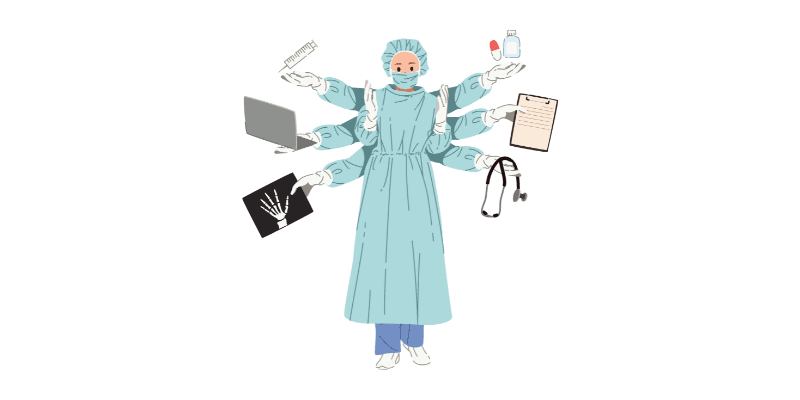
Top Skills to Include in a Nurse Resume ✅
The best nursing resumes highlight both technical expertise and soft skills that reflect patient-centered care. Whether you're a Registered Nurse (RN), Certified Pediatric Nurse (CPN), or a new grad, your resume should feature a mix of clinical and interpersonal strengths.
🧠 Hard Skills (Technical/Clinical)
- Patient assessment & monitoring
- Electronic Health Records (EHR/EMR) – Epic, Cerner
- IV insertion & medication administration
- Wound care & dressing changes
- BLS, ACLS, PALS certified
- Infection control & safety protocols
- Triage & rapid response
- Care plan documentation
- Pediatric or geriatric care (for CPNs and specialists)
🤝 Soft Skills (Behavioral/Collaborative)
- Compassion & empathy
- Communication with patients/families
- Team collaboration
- Problem-solving under pressure
- Adaptability in fast-paced environments
- Patient education & discharge planning
- Attention to detail
Best nurse resume practice is to, always integrate these skills throughout your bullet points and summary — not just in a list.

How to Write a Nurse Resume With No Experience (New Grads Nurse Resume)🆕
Writing a nurse resume with no experience can feel intimidating — but New Graduate Nurse have more to offer than you think. Even as a new grad RN, your clinical rotations, skills, and certifications can build a strong, competitive resume. Use these tips to conquer your first job:
- Focus on Clinical Rotations
Highlight your hands-on experience during nursing school. Mention the unit, hospital, and specific skills practiced.
Example: “Completed 120-hour rotation in pediatric unit, assisting with patient assessments and IV setup.” - Lead With Education & Licensure
Start your resume with your BSN/ADN, graduation date, and licensure status. Include your NCLEX pass (if applicable) and certifications like BLS/ACLS. - Emphasize Soft & Transferable Skills
Patient communication, teamwork, and adaptability matter. Use examples from clinicals, part-time work, or volunteering to show your strengths. - Use an ATS-Friendly Layout
Keep the format clean, with keywords like:
“new grad nurse resume”, “entry-level RN resume”, “nursing student resume” - Add a Strong Summary
Craft a 2–3 sentence intro focused on your goals, strengths, and readiness to learn. Learning attitude is the key!
Get professional template here.
Specialty Tips for Nurse Resume 🩺
Each resume is built differently and to win ATS and communicate to the hiring manager that you have exact matching skills required for the particular job, you have to add domain specific skills set with targeted keywords.
- New Grad RN Resume
Highlight clinical rotations by unit and responsibilities (e.g., med-surg, pediatrics). Include education, NCLEX status, and certifications like BLS. - CNA Resume
Emphasize patient hygiene, mobility assistance, and vital sign monitoring. List long-term care facility experience or practical training hours. - ICU Nurse Resume
Showcase ventilator management, post-op recovery, and critical monitoring. Add metrics like patient ratios and emergency intervention outcomes. - ER Nurse Resume
Highlight triage efficiency, trauma care, and rapid response skills. Include experience with charting under pressure using EMR systems. - ICU RN Resume
Focus on RN-specific responsibilities like care plan execution and medication administration. Emphasize ability to manage high-acuity patients in a critical care environment. - LPN Resume
Demonstrate routine care duties: wound dressing, injections, vital sign tracking. Include communication with RNs, physicians, and patient families. - Nursing Student Resume
Feature relevant coursework (e.g., pharmacology, anatomy) and clinical shadowing. Mention volunteer work and any early-career certifications. - Registered Nurse Resume
Use a well-rounded format that reflects leadership, patient care, and documentation. Quantify achievements (e.g., reduced falls, improved patient satisfaction). - RN Resume
Optimize for ATS with clean sections: Summary, Experience, Licensure, Skills. Tailor keywords to the specific RN job title and description.
Resume has limited space, use it wisely.
Your resume has limited real estate — every line should earn its place. Focus on achievements, not just duties. Use action verbs, clinical metrics, and keywords that match the job description. Avoid fluff and generic phrases. A sharp, focused resume shows you're a serious candidate who respects the recruiter's time. Make every word count.
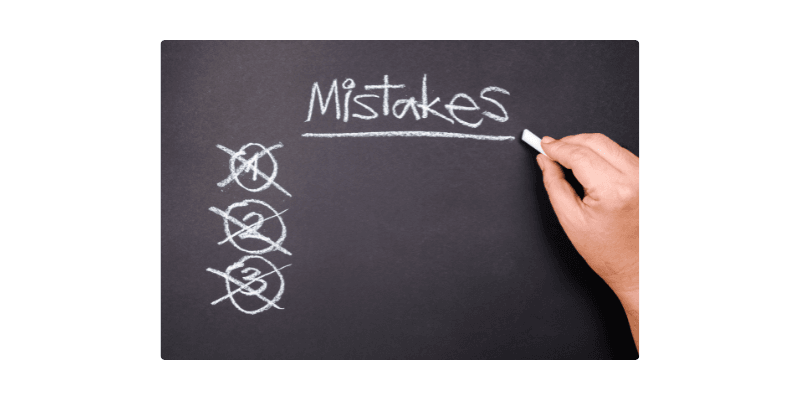
Common Nurse Resume Mistakes to Avoid. ⚠️
- Listing Duties, Not Achievements
Instead of saying “Responsible for patient care,” show impact:
✔ “Managed care for 10+ post-op patients daily, reducing readmissions by 15%.” - Missing Licensure or Certifications
Always include your RN license, state, and certifications (BLS, ACLS, PALS). Without them, your resume may be filtered out by ATS. - Poor Formatting or Overdesign
Fancy templates can break in ATS software. Stick to clean, professional formatting with clear headers and bullet points. - Spelling & Grammar Errors
Small mistakes suggest a lack of attention to detail — a red flag in healthcare. - Using a Generic Resume
Tailoring matters. Use keywords from each job post and align your experience with the specific role (ICU, ER, etc.).
Avoid mistakes and get professional resume.
Can NurseResumeBuilder.app Help Me Make High Impact Nurse Resume to Showcase My Specialised Skill Set, and Tailor It As Per My Requirement? 💡
NurseResumeBuilder.app is built just for nurses — by experts who know healthcare hiring inside out.
- AI-powered & healthcare-specific
Generate smart, role-based summary and bullet points tailored for nurse, rn nurse, ICU, ER, new grads, and more. - ATS-friendly formatting
Built to pass hospital screening systems — no broken templates, no guesswork. - Faster than hiring a resume writer
Professional resume services cost $250 or more. We give you control, speed, and clinical accuracy — without the wait. Save more and build resume in minutes.
FAQ
Is one resume enough to apply for jobs?
No. You should tailor your resume for each job by adjusting keywords, skills, and responsibilities to match the job description. A targeted nursing resume has a much higher chance of passing ATS filters and grabbing recruiter attention compared to a generic, one-size-fits-all version.
Should I include GPA on a nurse resume?
Only include GPA if you're a recent graduate and it's above 3.5. For experienced nurses, clinical skills and certifications matter more than academic performance. Focus on your hands-on experience, patient care outcomes, and relevant credentials instead of GPA once you're in the workforce.
How long should a resume be for nursing?
Keep your nursing resume to 1 page if you have under 10-12 years of experience. 15 years + focus on recent job positions, as with your experience, hiring manager might not be interested what you did 15 years back when you were a fresh Grad Nurse. Prioritize clarity and relevance over length—recruiters often spend just seconds scanning each resume.
What are red flags on a nursing resume?
Common red flags include vague job duties, missing license details, lengthy 3-4 page resume or formatting errors. Overly generic summaries or lack of quantifiable achievements can also hurt your chances. Always proofread and include keywords aligned with your nursing specialty and the job description.
How to write resume as new nurse with no experience?
Emphasize clinical rotations, relevant coursework, certifications (like BLS/ACLS), and any volunteer or internship work. Use a strong summary and focus on transferable skills like patient communication, time management, and teamwork. Highlight education and show readiness to learn and grow as a nurse.
How do I make my RN resume stand out?
Use action verbs and measurable results in bullet points. Showcase certifications like ACLS or CCRN. Tailor your resume to the job, use an ATS-friendly format, and include specialty skills (e.g., ventilator management, triage). A professional summary with impact also grabs attention quickly.
What makes me stand out as a nurse?
You makes yourself stand out. Be you, be real, make your resume reflect your personality, empathic nature and willingness to help. Apart from this, impactful results and unique experiences set you apart—like reducing infection rates or mentoring junior staff. Specialty certifications, bilingual abilities, and compassionate patient care examples also help. Show passion, leadership, and problem-solving in your resume to stand out from other qualified candidates.
What is the best format for nurse resume?
The reverse-chronological format is best with Name at the top followed by contact information, then Summary - Experience - Education - Certifications and Licences. It clearly shows your most recent clinical experience and career growth. Keep it single-column, ATS-friendly, and organized into sections like Summary, Experience, Skills, Certifications, and Education. Avoid graphics, columns, and non-standard fonts.
What not to put on a nursing resume?
Avoid using informal photos, full addresses, personal details (age, marital status), or unrelated job history. Don’t list outdated skills or use long paragraphs. Overdesign, clichés like “hardworking team player,” or irrelevant hobbies can distract from your professional value.
What is the best RN resume format?
The reverse-chronological format is best with Name at the top followed by contact information, then Summary - Experience - Education - Certifications and Licencess. It highlights your nursing career progression and recent experience first. Include clinical achievements, licensure, and certifications in a clean, ATS-optimized layout. Keep it well-structured, easy to scan, and tailored to each role.
What is a good summary for a nursing resume?
A good summary briefly highlights your nursing experience, specialty, certifications, and patient care strengths. Example: “Compassionate RN with 4+ years of ICU experience, skilled in ventilator care, post-op recovery, and EHR documentation. BLS and ACLS certified.” Keep it under 3 sentences.
Nurse practitioners CV vs resume? What’s the difference?
A resume is a concise, 1–2 page document focused on work experience and skills. A CV (Curriculum Vitae) is more detailed, often used in academia or research, and includes education, publications, presentations, and credentials. Nurse practitioners typically use resumes unless applying for academic roles.
Ready to Build Your Perfect Nurse Resume?
Take the next step in your nursing career with a resume that stands out to both ATS and hiring managers. Use our AI-powered builder, explore professional templates, and get expert guidance—designed just for nurses.
Need help? Contact our team for any support.